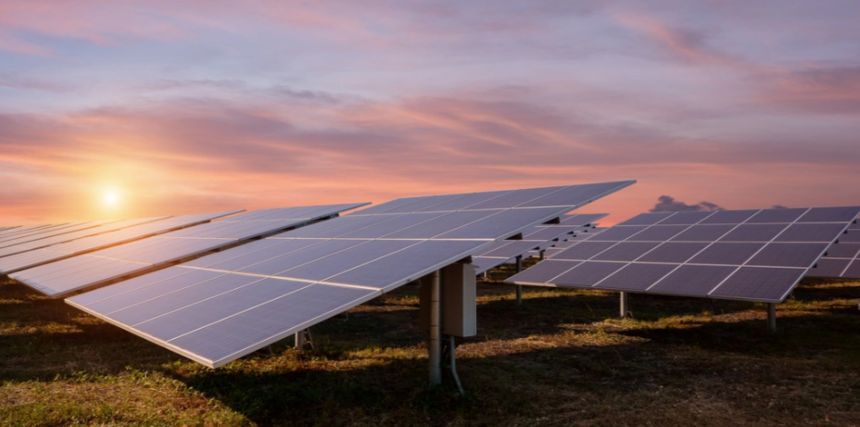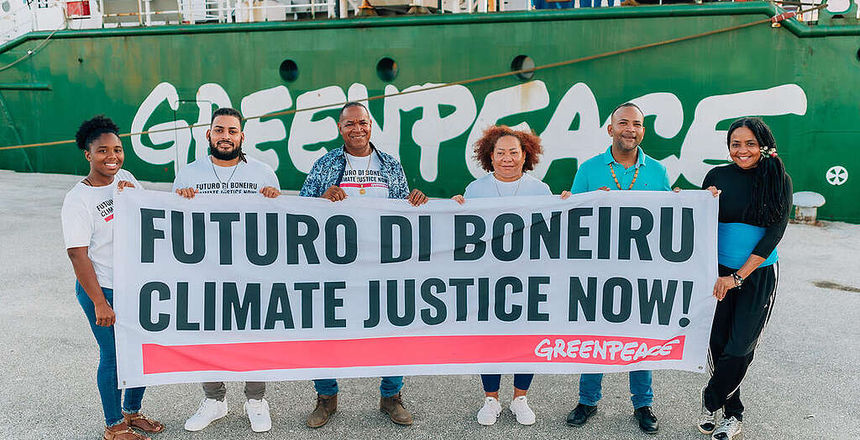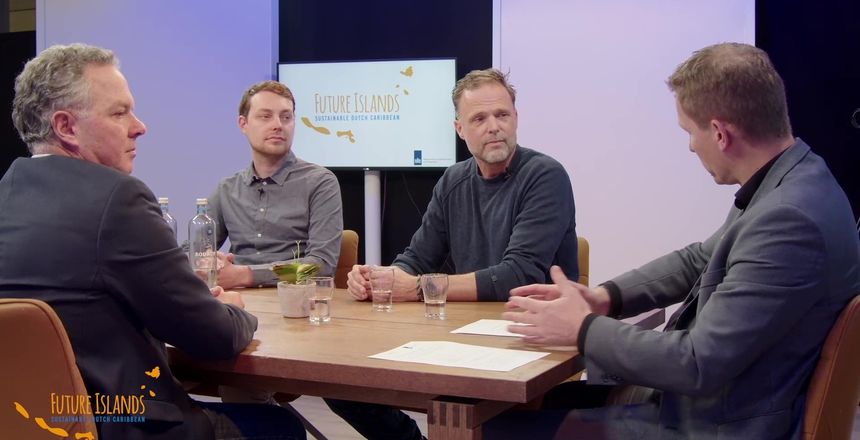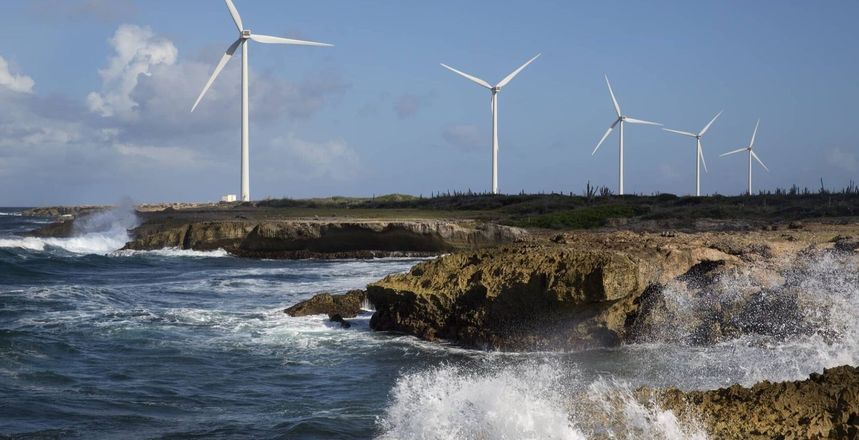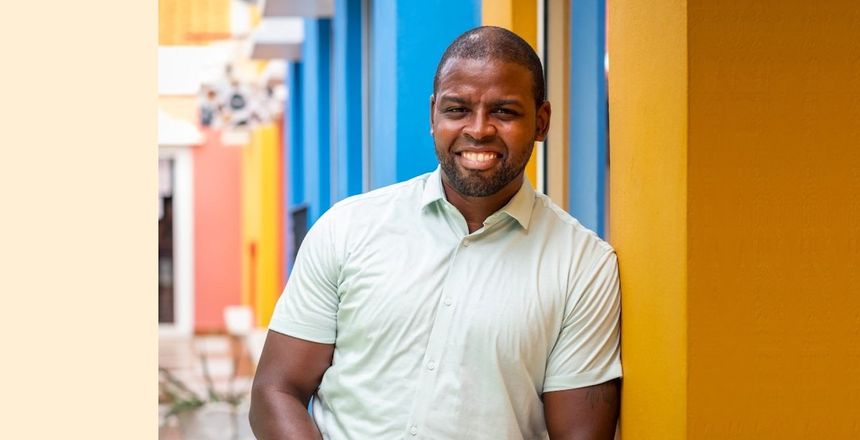News Projects Sustainable Energy
2 min.
Just a few months ago, we published an article about the Dutch government sustainable energy ambitions for the Caribbean Netherlands and the investment of €33,6 million to support those ambitions. This money will be used to have 80% of the islands of Bonaire, Saba and Statia running on wind and solar energy by 2025. “This [the investment plans] will result in a considerable decrease in CO2 emissions, less dependency of the Caribbean Netherlands on fossil fuels and consequently, less vulnerability to high energy prices like the ones we’re seeing at the moment”, said Rob Jetten, Dutch Minister for Climate and Energy Policy (Energie en Klimaat), back in October, “This will turn the Caribbean Netherlands into a showcase for the sustainable development of other small islands in the region”.
Project underway
Fast forward a few months to today and we can report that the first preparatory works have started for the construction of the planned solar park in Bonaire, which will become the biggest solar park in the entire Dutch Caribbean region. The construction is taking place on a terrain of 5,5 hectares located at the Kaya Turistico, on the west coast of the island and right next to the plant of energy company Contour Global Bonaire. This company is also the client for the ambitious project, while the construction work is executed by The Green World Company (TGWC), a specialized green energy project developer from Sneek, in Friesland (in the European Netherlands). TGWC has already built several other sustainable energy projects in the region, including the new solar parks in Saba.
The solar park in Bonaire will consist of an impressive 10.816 solar panels that will be generating about 10 megawatts of electricity to the entire island. Estimates state that around 5.000 households will be powered by the new project.
“Preparations [for the solar park] have taken about six years”, says Fedde Pronk, director at The Green World Company, “Besides finding a fitting location we also had to file for all of the necessary permits. Apart from a construction permit, we also needed a felling permit, for example. That’s why we had to involve STINAPA (Stichting Nationale Parken Bonaire, or Bonaire National Park Foundation) as well. I expect that we can start installing the first solar panels by April [2023]. We want to finish the project by the end of the summer. Besides experts from the European Netherlands, Portugal and Curaçao, amongst others, about half of the involved workforce will be from the island of Bonaire”.
The basis for this article was originally published on www.rijksoverheid.nl and others in December 2022.

